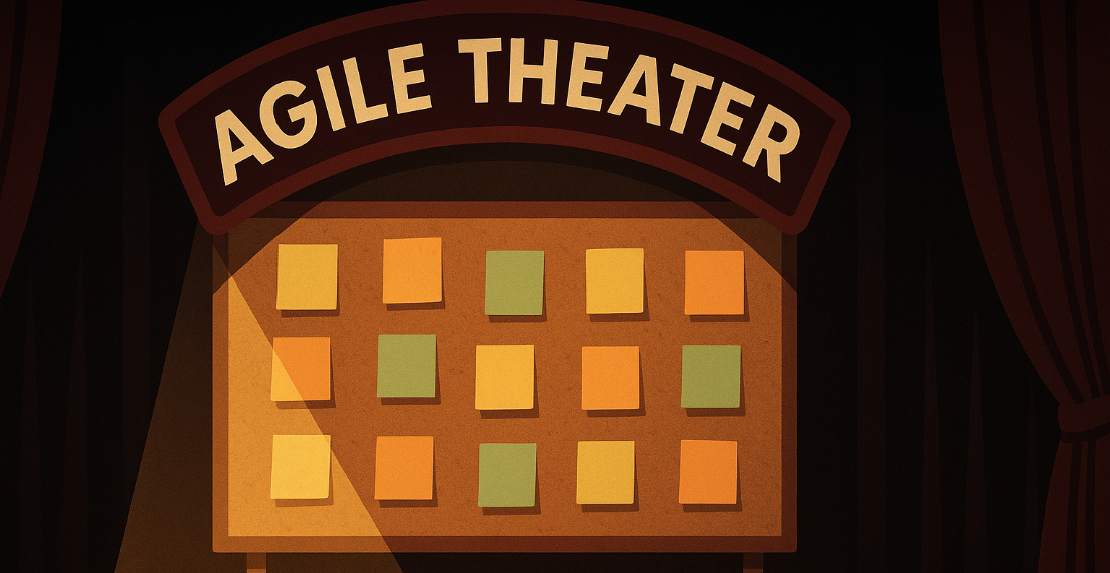Most agile teams say they use a Definition of Ready (DoR) and Definition of Done (DoD). In practice? They’re often
ignored, overcomplicated, or so vague they don’t help anyone.
Over the years, I’ve refined a lean, practical version of both. It’s sharp enough to be useful across companies and
simple enough that people actually use it.
The No-Nonsense DoR
A story is ready when:
- Story makes sense and has a clear goal
- Acceptance criteria are testable
- No major unknowns (unless it’s a research)
- Small enough to finish in one sprint
- Nothing blocks
- Risk is known and manageable
- Epic & Components linked
- Architect says yes
- PO says yes
If you can’t tick these boxes, the story isn’t ready to take on. Period.
The No-Nonsense DoD
A story is done when:
- Stuff actually works (not just in a slide deck)
- Provides a running, testable software increment
- Tests are green
- Security is green
- QA (Sonar) is green
- Someone else has reviewed it
- It’s deployed to test
That’s the baseline. No excuses, no “almost done.”
Why This Works
-
Clear and binary
Ready or not. Done or not. No wiggle room.
The checklist removes subjective debates and makes decisions fast — either it passes or it doesn’t.
-
Stops waste early
DoR prevents half-baked stories from entering sprints. DoD prevents half-baked software from leaving them.
Catching problems at the gate saves far more time (and pain) than finding them mid-sprint or after release.
-
Balances speed and quality
Both lists are lean. They enforce standards without bogging down delivery.
Instead of slowing velocity, they create a rhythm where quality becomes automatic rather than an afterthought.
-
Reusable baseline
Teams can extend them – but this minimum set works everywhere.
By starting with the essentials, you get consistency across teams without falling into the trap of over-engineering.
Closing
A good DoR and DoD aren’t bureaucratic checklists. They’re guardrails: simple, repeatable, and impossible to argue
with. Together, they save time, prevent endless debates, and keep teams focused on delivering working software.
That’s my no-nonsense DoR and DoD.



